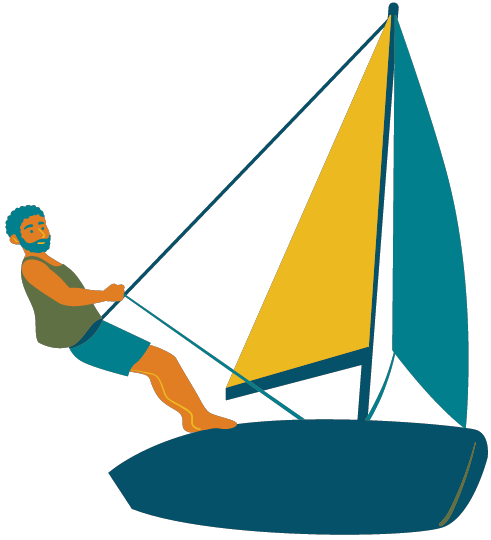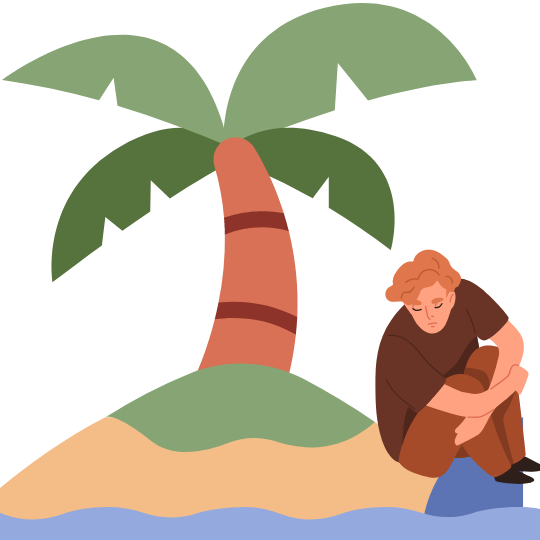Master Key Concepts: Robinson Crusoe Discovers A Footprint Chapter 3 Worksheet & Solutions
FAQs on Robinson Crusoe Discovers A Footprint – CBSE Class 5 English Worksheet PDF (2025-26)
1. Why was Robinson Crusoe certain that the print he discovered was a human footprint?
Robinson Crusoe was certain the print was a human footprint because it had every distinct feature of one. He could clearly see the impression of a heel, toes, and every part of a foot. He even measured it against his own foot, and it matched perfectly, confirming it was not made by any animal.
2. What made Robinson Crusoe so frightened that he ran back to his cave, believing he was being chased?
Robinson Crusoe was overwhelmed with fear because he assumed the footprint belonged to a 'savage' from the mainland who might be hostile. The sudden, unexpected sign of another person after years of solitude terrified him. He was so paranoid that as he ran, he imagined every bush and tree was a person pursuing him.
3. For a 3-mark exam question, what key points should be included to describe Robinson Crusoe's fear?
To answer a question about Robinson's fear and score full marks, you should mention the following points from the chapter:
His immediate reaction was shock and amazement, leaving him frozen in place.
This shock quickly turned into extreme terror, causing him to flee to his 'castle' for safety.
His fear led to paranoia, where he constantly looked over his shoulder and mistook inanimate objects for people.
The fear was so intense that he could not sleep that night and felt his life was in immediate danger.
4. Why did Robinson Crusoe pray after he saw the footprint?
Robinson Crusoe prayed for divine protection and safety. He believed the footprint could belong to a dangerous individual who might return with others to kill and eat him. Terrified by this thought, he turned to prayer as a source of comfort and a plea for help in the face of this new threat.
5. How did the discovery of the footprint change Robinson Crusoe's life on the island?
The discovery of the footprint completely shattered Robinson Crusoe's sense of security. His fear affected his daily routine in the following ways:
He lived in constant fear and rarely ventured far from his cave for several days.
He strengthened the fortifications of his home, making it harder to spot and enter.
His peaceful, solitary existence was replaced by anxiety and caution, as he no longer felt safe on the island.
6. What is the symbolic importance of the footprint in the story? Why is it such a significant event?
The footprint is a major turning point in the story and is highly symbolic. It represents the end of Crusoe's absolute solitude and the intrusion of the outside world into his isolated existence. It shatters his illusion of being the master of the island and introduces a new, powerful element of conflict and fear of the unknown.
7. After being alone for so many years, why was Crusoe more scared than happy to find a sign of another human?
This is an important character-based question. Crusoe was more scared than happy because the footprint represented an unknown and potential threat. He had no way of knowing if the person was friendly or hostile. Given the stories of cannibals from the mainland, his mind immediately jumped to the worst-case scenario. The fear of being harmed by a stranger was far more powerful than his loneliness or desire for companionship.


















